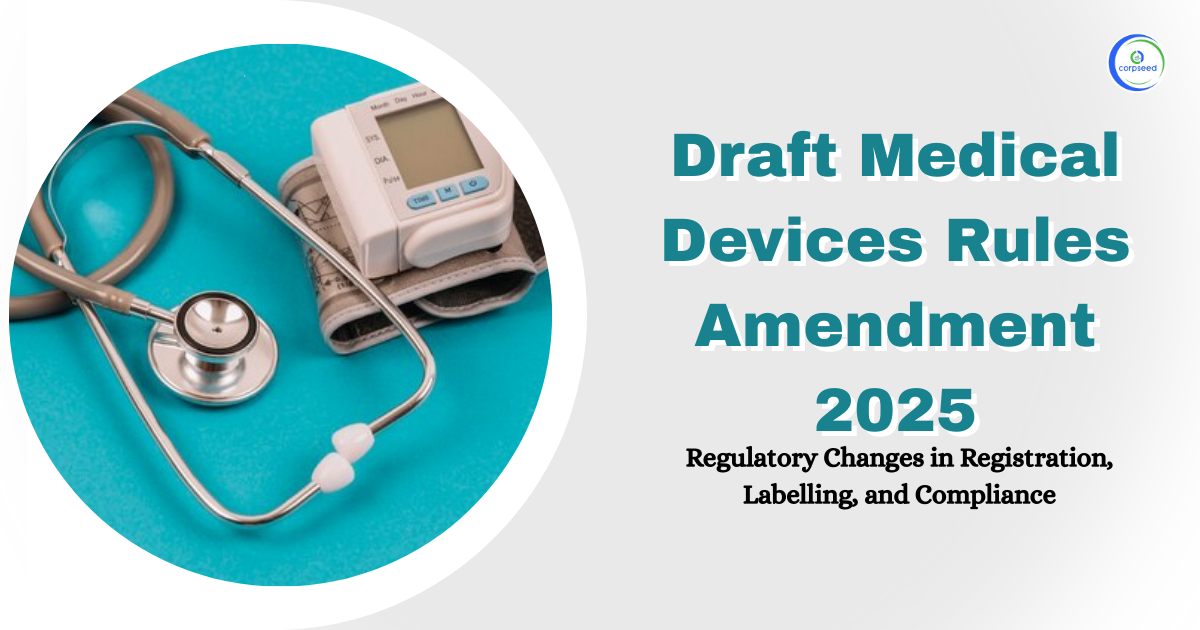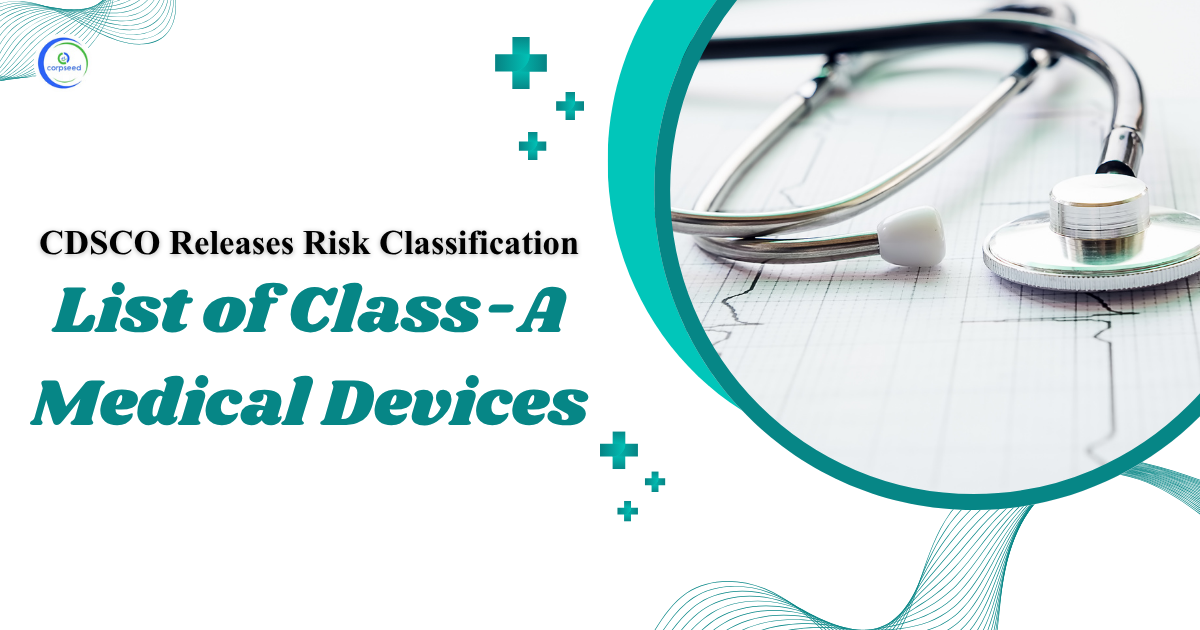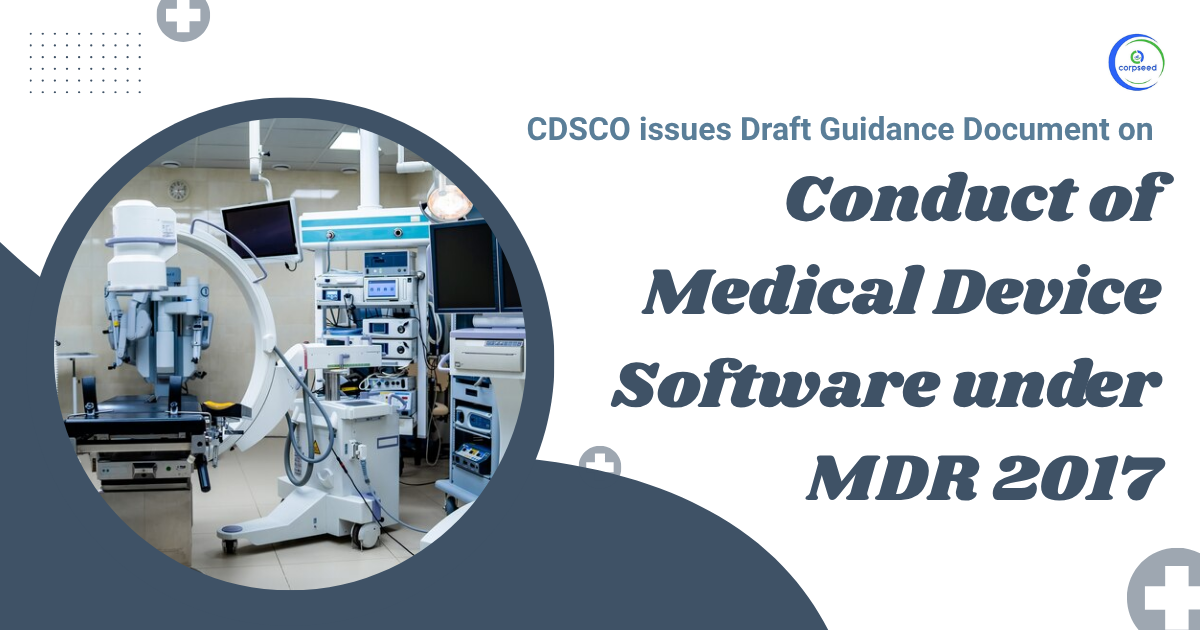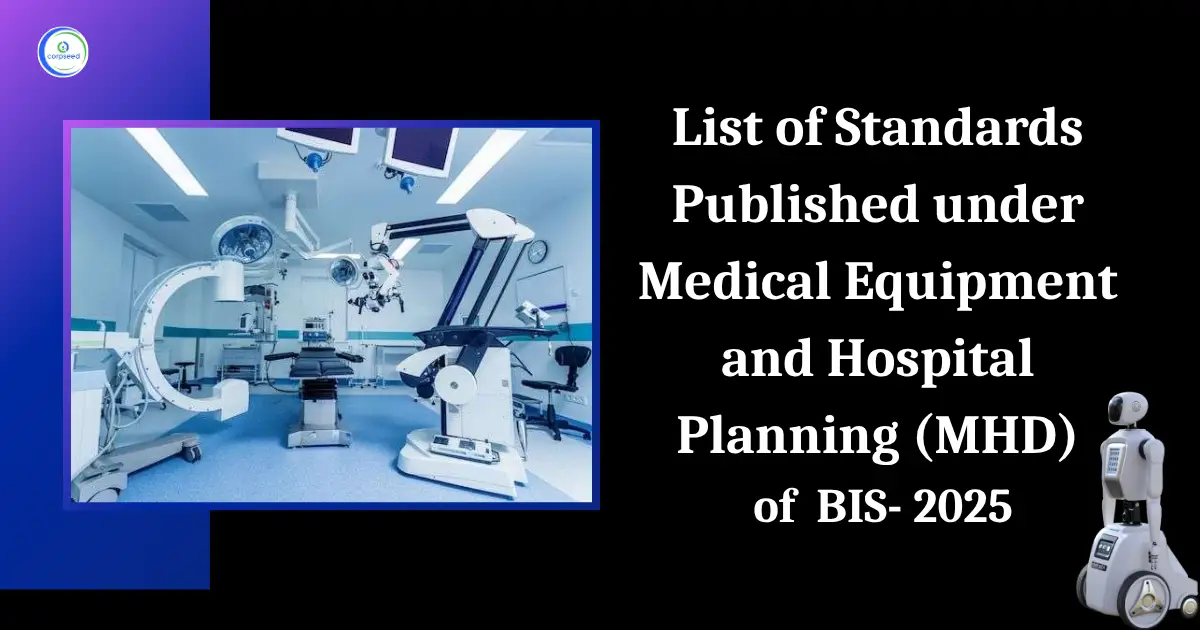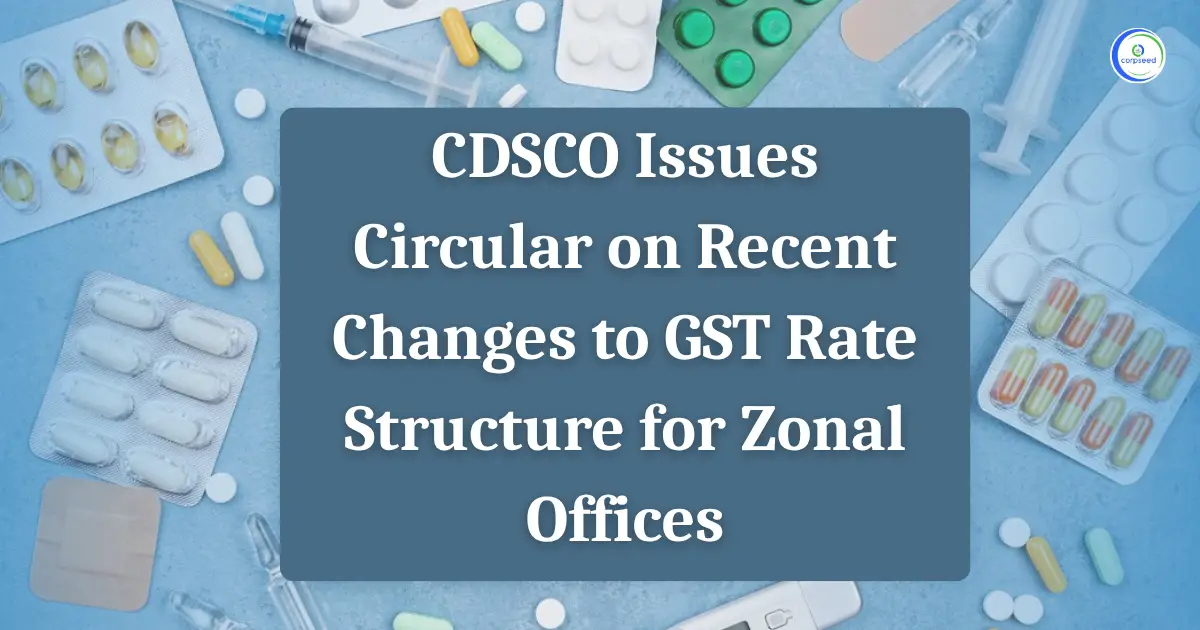A Brief Introduction of Cardiovascular
The study and treatment of disorders of the heart and the blood vessels are known as cardiology. A cardiologist doctor examines patients with heart disease and cardiovascular disease. There is a difference between a cardiologist and a cardiac surgeon. When a doctor opens the chest and performs heart surgery is known as a Cardiac surgeon but a cardiologist is a specialist doctor in diagnosing and treating all the diseases of the cardiovascular System. The cardiologist will conduct testing and maybe carry out various treatments like pacemaker insertion, angioplasty, or heart catheterization. The cardiovascular illness affects the heart, blood arteries, or both, whereas heart disease is primarily related to the heart. In order to practice as a cardiologist in the US, one must finish 4 years of medical school, 3 years of internal medicine training, and at least 3 years of cardiology-specific training.
Table of Contents
- A Brief Introduction of Cardiovascular
- What is a Medical Device?
- Types of Medical Devices in India
- Eligibility Criteria for Medical Devices Registration/Import
- Process & Fee for Medical Devices Registration
- Documents Required to be Attached
- Time Involved &Validity for Registration
- Re-registration or Renewal of the Registration Certificate
- Post-Compliances after receiving registration-
- How to register any new /additional medical device if Medical device registration obtained already?
--------------Blog Contact Form-------------
From the 1st of October 2022, the said medical devices having risk classes A and B will be covered under the licensing regime of CDSCO. Once the devices are under the scope of the licensing regime of CDSCO, all the importers and manufacturers of the said devices will have to apply for the license in order to sell their products in Indian Market.
The Cardiovascular category consists of total of 69 medical devices which are classified on the basis of their risk class and intended use. Out of which only class A and class B medical devices will fall under the licensing regime from 1 October 2022. The CDSCO listed medical devices are as below mentioned
| CARDIOVASCULAR | |||
| S. No. | Name Of Product (Cardiovascular Diagnostic Devices) | Intended Use/Device Description | Classification MDR 2017 Frist Schedule |
| 1 | Arrhythmia Detector And Alarm (Including St- Segment Measurement And Alarm). | The arrhythmia detector and alarm device monitors an electrocardiogram and is designed to produce a visible or audible signal or alarm when atrial or ventricular arrhythmia, such as premature contraction or ventricular fibrillation, occurs. | C |
| 2 | Cardiac monitor (including cardio tachometer and rate alarm) | A cardiac monitor (including cardio tachometer and rate alarm) is a device used to measure the heart rate from an analog signal produced by an electrocardiograph, electrocardiograph, or blood pressure monitor. This device may sound an alarm when the heart rate falls outside the preset upper and lower limits. | B |
| 3 | Apex cardiograph (vibrocardiograph). | An apex cardiograph (vibrocardiograph) is a device used to amplify or condition the signal from an apex cardiographic transducer and to produce a visual display of the motion of the heart; this device also provides any excitation energy required by the transducer. | B |
| 4 | Echocardiography. | An echocardiograph is a device that uses ultrasonic energy to create images of cardiovascular structures. It includes phased arrays and two-dimensional scanners. | B |
| 5 | Electrocardiograph. | An electrocardiograph is a device used to process the electrical signal transmitted through two or more electrocardiograph electrodes and to produce a visual display of the electrical signal produced by the heart. | B |
| 6 | Electrocardiograph electrode. | An electrocardiograph electrode is an electrical conductor which is applied to the surface of the body to transmit the electrical signal at the body surface to a processor that produces an electrocardiogram or vectorcardiogram. | C |
| 7 | Vascular clip | A vascular clip is an implanted extravascular device designed to occlude, by compression, blood flow in small blood vessels other than intracranial vessels. | B |
| 8 | Vena cava clip. | A vena cava clip is an implanted extravascular device designed to occlude partially the vena cava for the purpose of inhibiting the flow of thromboembolic through that vessel. | B |
| 9 | Intra-aortic balloon and control system. | An intra-aortic balloon and control system is a prescription device that consists of an inflatable balloon, which is placed in the aorta to improve cardiovascular functioning during certain life-threatening emergencies, and a control system for regulating the inflation and deflation of the balloon. The control system, which monitors and is synchronized with the electrocardiogram, provides a means for setting the inflation and deflation of the balloon with the cardiac cycle. | C |
| 10 | Ventricular bypass (assist) device. | A ventricular bypass (assist) device is a device that assists the left or right ventricle in maintaining circulatory blood flow. The device is either totally or partially implanted in the body. | D |
| 11 | Pacing system analyzer. | A pacing system analyzer (PSA) is a prescription device that combines the functionality of a pacemaker electrode function tester (870.3720) and an external pacemaker pulse generator (EPPG) (870.3600). It is connected to a pacemaker lead and uses a power supply and electronic circuits to supply an accurately calibrated, variable pacing pulse for measuring the patient's pacing threshold and intracardiac R-wave potential. A PSA may be a single, dual, or triple chamber system and can simultaneously deliver pacing therapy while testing one or more implanted pacing leads. | C |
| 12 | Implantable pacemaker pulse generator. | An implantable pacemaker pulse generator is a device that has a power supply and electronic circuits that produce a periodic electrical pulse to stimulate the heart. This device is used as a substitute for the heart's intrinsic pacing system to correct both intermittent and continuous cardiac rhythm disorders. This device may include triggered, inhibited, and asynchronous modes and is implanted in the human body. | D |
| 13 | Pacemaker leads adaptor. | A pacemaker lead adaptor is a device used to adapt a pacemaker lead so that it can be connected to a pacemaker pulse generator produced by a different manufacturer. | C |
| 14 | Pacemaker generator function analyzer. | A pacemaker generator function analyzer is a device that is connected to a pacemaker pulse generator to test any or all of the generator's parameters, including pulse duration, pulse amplitude, pulse rate, and sensing threshold. | B |
| 15 | Cardiovascular permanent or temporary pacemaker electrode. | Identification. A temporary pacemaker electrode is a device consisting of flexible insulated electrical conductors with one end connected to an external pacemaker pulse generator and the other end applied to the heart. The device is used to transmit a pacing electrical stimulus from the pulse generator to the heart and/or to transmit the electrical signal of the heart to the pulse generator. | B |
| 16 | Pacemaker test magnet. | A pacemaker test magnet is a device used to test an inhibited or triggered type of pacemaker pulse generator and cause an inhibited or triggered generator to revert to asynchronous operation. | A |
| 17 | Pacemaker programmers. | A pacemaker programmer is a device used to noninvasively change one or more of the electrical operating characteristics of a pacemaker. | D |
| 18 | Pacemaker repair or replacement material. | A pacemaker repair or replacement material is an adhesive, a sealant, a screw, a crimp, or any other material used to repair a pacemaker lead or to reconnect a pacemaker lead to a pacemaker pulse generator. | D |
| 19 | Pacemaker electrode function tester. | A pacemaker electrode function tester is a device that is connected to an implanted pacemaker lead that supplies an accurately calibrated, variable pacing pulse for measuring the patient's pacing threshold and intracardiac R-wave potential. | B |
| 20 | Pacemaker service tools. | Pacemaker service tools are devices such as screwdrivers and Allen wrenches, used to repair a pacemaker lead or to reconnect a pacemaker lead to a pacemaker generator. | A |
| 21 | Annuloplasty ring. | An annuloplasty ring is a rigid or flexible ring implanted around the mitral or tricuspid heart valve for the reconstructive treatment of valvular insufficiency. | C |
| 22 | Carotid sinus nerve stimulator | A carotid sinus nerve stimulator is an implantable device used to decrease arterial pressure by stimulating Hering's nerve at the carotid sinus. | D |
| 23 | Replacement heart valve. | A replacement heart valve is a device intended to perform the function of any of the heart's natural valves. This device includes valves constructed of prosthetic materials, biologic valves (e.g., porcine valves), or valves constructed of a combination of prosthetic and biologic materials. | D |
| 24 | Endomyocardial biopsy device. | An endomyocardial biopsy device is a device used in a catheterization procedure to remove samples of tissue from the inner wall of the heart. | B |
| 25 | Extracorporeal circuit and accessories for long-term respiratory/cardiopulmonary failure | An extracorporeal circuit and accessories for long-term respiratory/cardiopulmonary support (>6 hours) is a system of devices and accessories that provides assisted extracorporeal circulation and physiologic gas exchange of the patient's blood in patients with acute respiratory failure or acute cardiopulmonary failure, where other available treatment options have failed, and continued clinical deterioration is expected or the risk of death is imminent. The main devices and accessories of the system include, but are not limited to, the console (hardware), software, and disposables, including, but not limited to, an oxygenator, blood pump, heat exchanger, cannulae, tubing, filters, and other accessories (e.g., monitors, detectors, sensors, connectors). | C |
| 26 | Cardiopulmonary bypass bubble detector. | A cardiopulmonary bypass bubble detector is a device used to detect bubbles in the arterial return line of the cardiopulmonary bypass circuit. | B |
| 27 | Cardiopulmonary bypass vascular catheter, cannula, or tubing | A cardiopulmonary bypass vascular catheter, cannula, or tubing is a device used in cardiopulmonary surgery to cannulate the vessels, perfuse the coronary arteries, and interconnect the catheters and cannulas with an oxygenator. The device includes accessory bypass equipment. | B |
| 28 | Cardiopulmonary bypass heart-lung machine console. | A cardiopulmonary bypass heart-lung machine console is a device that consists of a control panel and the electrical power and control circuitry for a heart-lung machine. The console is designed to interface with the basic units used in a gas exchange system, including the pumps, oxygenator, and heat exchanger. | B |
| 29 | Cardiopulmonary bypass defoamer. | A cardiopulmonary bypass defoamer is a device used in conjunction with an oxygenator during cardiopulmonary bypass surgery to remove gas bubbles from the blood. | C |
| 30 | Cardiopulmonary bypass heat exchanger. | A cardiopulmonary bypass heat exchanger is a device, consisting of a heat exchange system used in extracorporeal circulation to warm or cool the blood or perfusion fluid flowing through the device. | B |
| 31 | Cardiopulmonary bypass temperature controller. | A cardiopulmonary bypass temperature controller is a device used to control the temperature of the fluid entering and leaving a heat exchanger. | B |
| 32 | Cardiopulmonary bypass arterial line blood filter. | A cardiopulmonary bypass arterial line blood filter is a device used as part of a gas exchange (oxygenator) system to filter nonbiologic particles and emboli (blood clots or pieces of foreign material flowing in the bloodstream which will obstruct circulation by blocking a vessel) out of the blood. It is used in the arterial return line. | C |
| 33 | Cardiopulmonary bypass cardiotomy suction line blood | A cardiopulmonary bypass cardiotomy suction line blood filter is a device used as part of a gas exchange (oxygenator) system to filter nonbiologic particles and emboli (a blood clot or a piece of foreign material flowing in the bloodstream which will obstruct circulation by blocking a vessel) out of the blood. This device is intended for use in the cardiotomy suction line. | B |
| 34 | Cardiopulmonary bypass pulsatile flow generator. | A cardiopulmonary bypass pulsatile flow generator is an electrically and pneumatically operated device used to create pulsatile blood flow. The device is placed in a cardiopulmonary bypass circuit downstream from the oxygenator. | D |
| 35 | Intraluminal artery stripper. | An intraluminal artery stripper is a device used to perform an endarterectomy (removal of plaque deposits from arteriosclerotic arteries.) | B |
| 36 | External cardiac compressor. | An external cardiac compressor is an externally applied prescription device that is electrically, pneumatically, or manually powered and is used to compress the chest periodically in the region of the heart to provide blood flow during cardiac arrest. External cardiac compressor devices are used as an adjunct to manual cardiopulmonary resuscitation (CPR) when effective manual CPR is not possible (e.g., during patient transport or extended CPR when fatigue may prohibit the delivery of effective/consistent compressions to the victim, or when insufficient EMS personnel are available to provide effective CPR). | C |
| 37 | External transcutaneous cardiac pacemaker | An external transcutaneous cardiac pacemaker (noninvasive) is a device used to supply a periodic electrical pulse intended to pace the heart. The pulse from the device is usually applied to the surface of the chest through electrodes such as defibrillator paddles. | C |
Central Drugs Standard Control Organisation:
India is growing as one of the nation's leading in the pharmaceutical business and is among the top ten nations in terms of the pharmaceutical industry. Several factors such as the large population, growing health awareness, affordable medical facilities, and better research facilities have given rise to the manufacturing and development of the pharma business in India. However, with the increasing scope for the growth of the pharma industry in India, there are possibilities for the sale/purchase of medical equipment & device illegally or without jurisdiction. Therefore, the Government of India has established the Central Drug Standards Control Organization (CDSCO), which is the primary legislative body and has been responsible for the regulation, control, and management of pharmaceuticals and medical devices in India apart from the appointment of the Drug Controller General of India (DCGI), and has conferred the responsibility of undertaking assessment, approval and regulation of further compliances(import, export, sale, distribution) in the matters of medicinal drugs and medical devices(including any existing or any new) drugs/devices in accordance with the provisions of the Drugs and Cosmetics Act 1940.

What is a Medical Device?
According to the latest definition as provided under the Medical Devices Amendment rules 2020, as notified on 11.02.2020. However, taking care of circumstances the government has exercised its powers to include more categories by widening the scope of the definition of “Medical Device” under the Act. It states-
"Devices used in general medical practice such as medical apparatus, instruments, implants appliance, etc., which are either used individually or in combination, and are intended to be specifically applied for human beings or animals and are further intended to obtain the desired function by such means and for such purposes as provided below, but is not intended to meet the primary intended action on human body or animals by any pharmacological or immunological or metabolic means-
- Analysis, prevention, observing, treatment, or mitigation of any disease or disorder;
- Analysis, observing, treatment, mitigation, or support for any injury or disability;
- Examination, replacement or alteration, or support in findings of the anatomy or a physiological process;
- For supporting or sustaining life;
- Decontamination of medical devices; and
- Conception-related equipment & devices.
Therefore, every manufacturer or importer or both of any medical devices in India shall be required to obtain registration as per the provisions of the Drugs and Cosmetics Act 1940. Any failure to comply with the same may invite legal action including penalty & prosecution under the Act.
Types of Medical Devices in India
Provisions related to the import, manufacture, sale & distribution of medical devices are regulated under the provisions of the drug and cosmetics Act 1945. Under the New Medical Rules 2017, all medical devices have been classified into four different categories depending on their usability & risk involved as provided below.
- Class A: Low-risk devices like a thermometer, tongue depressors, etc.
- Class B: Low moderate risk like Hypodermic Needles, suction equipment, etc.
- Class C: Moderate high-risk devices like Lung ventilators, etc.
- Class D: High-risk devices like Heart valves, implantable devices, etc.
Where Class A & B devices are considered to be less risky and moderate devices, for which the application to manufacture has to be filed to the State Licensing Authority. Whereas Class C &D are considered to be high and very High-risk devices and the application for these has to be filed to the Central Licensing Authority of India.
Eligibility Criteria for Medical Devices Registration/Import
The provisions related to activities such as Import, manufacture, sale and distribution of medical devices have been regulated under the provisions of the Drugs & Cosmetic Act 1940 & Rules 1945. Therefore, any person/firm/enterprise, etc. holding a wholesale drug license and/or manufacturing license issued under the Drugs and Cosmetics Act, 1940 and Rules 1945 could make an application for Registration and import of medical devices into India.
Process & Fee for Medical Devices Registration
Types of Medical Devices Registration
- Registration/Import of any existing medical device;
- Registration /import of any new medical device
Step 1: Determine whether your medical device is under notified list or not
The CDSCO authority has provided a list of notified medical devices that need to compulsorily obtain registration under the Drugs and Cosmetics Act 1940 and in accordance with Medical devices rules 2017. However, there may be any medical devices that have not been expressly notified by the CDSCO authority, or in the case of new medical equipment, the manufacturer/importer shall be required to obtain a NOC in such cases. For instance, Blood Grouping Sera Ligatures, Sutures, Staples Intra-Uterine Devices (Cu-T), Condoms, Tubal Rings, Surgical Dressing, Umbilical Tapes, Blood / Blood Component Bags do not need registration, whereas devices such as spinal needles, cochlear implants, syringes, and needles, heart valves, endotracheal tubes and catheters among others should undergo registration provides with the CDSCO.
Step 2: Appoint an Authorized representative (in case of Foreign Entity)
For a foreign business manufacturer entity, it shall be necessary to appoint an authorized business entity in India, who shall be the contact person for the inspection authorities during the process, assist in device approvals, and registrations process, and vigilance adverse event reporting. The Indian Authorization should hold a wholesale drug license in forms 20B& 21B.
Step 3: Fill out the application form for Medical Device Registration
In the next step, the manufacturer/importer for MD shall be required to submit the registration form of a regulatory dossier, along with all the prescribed documents along with the prescribed fee on the CDSCO portal to the DGCI (Drugs Controller General of India) by logging on to the online CDSCO portal https://cdsco.gov.in/opencms/opencms/en/Home/ and signing into the portal.
Following forms along with applicable govt. fees have been provided below, which shall be required to be paid through payment challan-
| Applicant Type | Class of MD | Application Form | License Form |
| Importer | A,B,C,D | MD-14 | MD-15 |
| Manufacturer | A B | MD-3 | MD-5 |
| Manufacturer(Loan License) | A B | MD-4 | MD-6 |
| Manufacturer | C, D | MD-7 | MD-9 |
| Manufacturer(Loan License) | C, D | MD-8 | MD-10 |
However, in the case of new equipment or medical device-
| Application Type | Class of MD | Application Form | License Form |
| Importer Clinical Investigation | A,B,C,D | MD-22 | MD-23 |
| Import License | A,B,C,D | MD-26 | MD-27 |
| Test License(for importer) | A,B,C,D | MD-16 | MD-17 |
| Manufacturer (Clinical investigation) | A,B,C,D | MD-22 | MD-23 |
| Manufacturer License | A,B,C,D | MD-26 | MD-27 |
| Test License | A,B,C,D | MD-16 | MD-17 |
Further, each application shall be supported with the list of documents and the requisite fee as provided in the online portal of CDSCO-
| Type of License | Class of Device | Applicable Regulation | Govt. fee |
|
For Manufacturing/Loan License
|
A or B; | 20(2) | Rs. 5000 Rs. 500 |
|
For Manufacturing/Loan License
|
C or D; | 21(2) | Rs. 50,000 Rs. 500 |
|
For Import License(other than IVD)
|
Class A | 34(2) | 1000 Dollar 50 Dollar |
|
Import License(other than IVD)
|
Class B | 34(2) | 2000 Dollar 1000 Dollar |
|
Import License (in IVD)
|
Class A or B | 34(2) | Rs. 1000 Rs. 10 |
|
Import License (other than IVD)
|
Class C or D | 34(2) | 3000 Dollar 1500 Dollar |
|
Import License(in IVD)
|
C or D | 34(2) | 3000 Dollar 500 Dollar |
Step 4: Obtain Certificate of Registration in Prescribed form
Once the application is submitted on the CDSCO portal, the DGCI registration authority may send a query through an inquiry letter to the manufacturer or from the authorized representative of the importer, along with the timeline within which the query should be answered, and sometimes, may also ask for a technical presentation On satisfaction the authority may issue a license in such form as provided in the above list. After obtaining registration, the manufacturer or his authorized representative may apply for an importer license.
Documents Required to be Attached
- Form 40
- ISO 13485 certificate
- Full Quality Assurance Certificate
- CE Design Certificate
- Undertaking that all information provided is authentic
- Either a Free Sale Certificate or Certificate from the Foreign Government
- Certificate of Marketability from GHTF (Australia, Canada, Japan, the European Union, and the United States);
- Plant Master Report
- Device Master File
Time Involved &Validity for Registration
If the DGCI doesn’t ask for a Technical Presentation or Subject Expert Committee (SEC) audit, it takes around 6-9 months to obtain a Medical Devices Registration. In cases where Technical Presentation or Subject Expert Committee (SEC) audit, is required, it may take additional 3-6 months.
Once obtained the Registration Certificate shall be valid for a total period of 3 years from the date of issue of registration unless suspended or canceled by the DGCI authority for proper causes.
Re-registration or Renewal of the Registration Certificate
The application for renewal of the MD registration certificate shall be made at least nine months from the expiry of the registration certificate. Though there are no additional requirements for the renewal of registration, it shall be necessary for the certificate holder to provide a copy of the Plant Master File (PMF) and Device Master File (DMF), where there are no changes in the PMF and DMF,
Post-Compliances after receiving registration-
Though there are not many compliances in place about the registration certificate, it shall be compulsory for the certificate holder to-
- In case of any change that has taken place about the constitution of the firm and/or address of the registered office/factory premises, the MD manufacturer/authorized representative of the importer to intimate the licensing authority regarding the same in writing;
- In case any such change has taken place, the existing registration certificate shall be valid for a maximum period of three months from the date on which the change has taken place, and during this time, the manufacturer/authorized representative shall be required to obtain a fresh Registration Certificate;
How to register any new /additional medical device if Medical device registration obtained already?
In case an importer wants to obtain registration for manufacturing of any additional manufacturing device, then such person shall be required to obtain an endorsement to the existing Registration Certificate along with the prescribed documents holding that manufacturing of an additional device is being undertaken in the manufacturing site as provided in the registration certificate along with a fee of 1000 dollars fee for each additional device.
This portion of the site is for informational purposes only. The content is not legal advice. The statements and opinions are the expression of author, not corpseed, and have not been evaluated by corpseed for accuracy, completeness, or changes in the law.
BOOK A FREE CONSULTATION
Get help from an experienced legal adviser. Schedule your consultation at a time that works for you and it's absolutely FREE.




